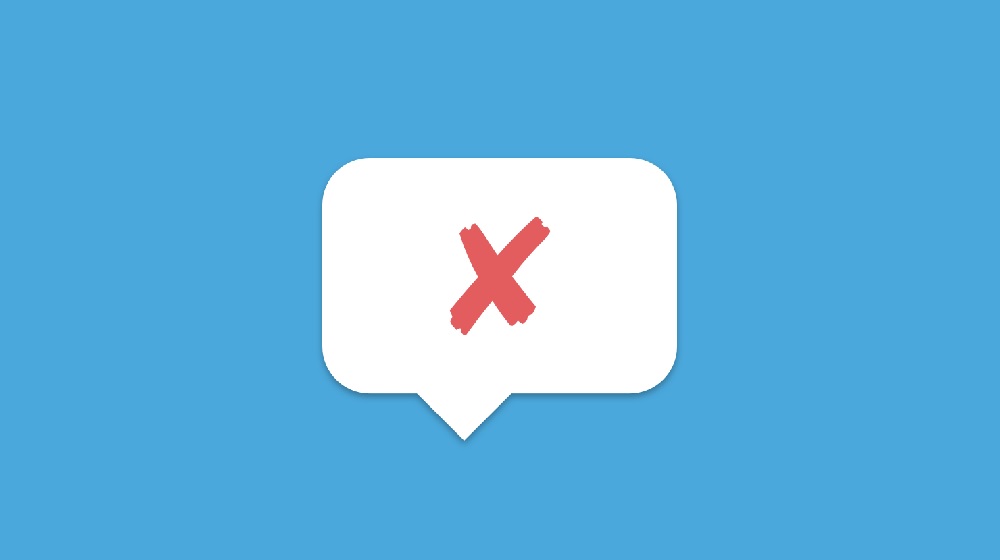How to securely exchange personal information using private notes?

The sharing of personal information can be risky in the digital age that we live in today. The data we send, such as passwords, bank details, or private messages, can often be sensitive. But how can we do this safely? One solution is to use private notes. These are secure ways to share information only the intended person can see.
Private notes are messages that self-destruct after being read. They are not stored on servers and can only be viewed once, making them a safe way to share sensitive information. You create a private note and send a link to the recipient, and once they open it, the note disappears forever. Using private notes has many benefits. Regular emails or messages can be intercepted or stored. But private notes vanish after reading, leaving no trace. This means that even if someone hacks your account later, they can’t see the information you shared.
Private notes also give you control over who sees your information. You can set passwords on the notes for extra security. This way, only someone with the password can read the note. It’s a great way to ensure your information goes only to the right person. Many websites offer private note services. Look for one that is reputable and has good security features. Some popular options are available online, but research them thoroughly before choosing one.
Once you’ve chosen a service, write your message in the provided text box. Keep it clear and concise. Remember, the recipient can only view it once, so ensure all necessary information is included. Most private note services offer additional security options. You might be able to set a password for the note or choose when it expires. Some even let you set the note to delete after a certain number of views.

After you write your message and set security options, the service generates a unique link. You send this link to the person who needs to see the information. Send the link to your recipient through a secure channel. This could be an encrypted messaging app or a secure email service. If possible, avoid sending it through regular text messages or unsecured email. If your private note service allows passwords, use a strong one. Mix uppercase and lowercase letters, numbers, and symbols. Avoid using personal information that others might guess.
Delete it from the messages you send after you’ve sent the messages you ate. This adds an extra layer of security in case someone gains access to your accounts. Private notes can be helpful in many situations. When you need to share a password with someone, a private note is much safer than sending it through email or text. Private notes keep this sensitive data secure if you need to share bank account details or credit card information. You don’t want to store private messages anywhere; private notes ensure the message is seen once and disappears. Private notes are perfect if you need to share only relevant information briefly, like a temporary access code.
A private note is a valuable tool for securely sharing sensitive information. They offer a level of security that regular messages can’t match. Private notes ensure your data stays private and only reaches the intended recipient. Remember always to use caution when sharing any sensitive information online. A private note can help keep your data safe, but it’s still important to be careful about what you share and with whom. With these tips, you can use private notes to exchange personal information securely and with peace of mind.






